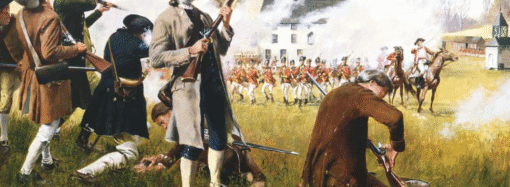“After the quiet 1950s…incidents of political violence again became more frequent and now we may be in the middle of another wave of sociopolitical instability.”
Thus five years ago wrote Peter Turchin, a University of Connecticut professor specializing in “historical social science,” a.k.a. Cliodynamics. After 2020’s violent nationwide political protests and the pandemic’s destruction of civil society, we need only change the words “may be” to “are” in that quote from Turchin’s prescient 2016 Ages of Discord. Turchin bolstered his alarming forecast with a resilient theory tested against centuries of demographic, economic, and cultural data. His book provides the best quantitative evidence I have found to explain America’s ongoing societal collapse.
Turchin’s Structural-Demographic Theory (“SDT”) brims with explanatory power. In sum, population growth in excess of productivity gains causes untold problems, including inflation, falling real wages, social misery, urban discontent, and food riots. Rapid population increases also lead to “elite overproduction,” in which aspirants fight over a limited number of high-paying jobs and seats at top schools. As their frustrations mount, the embittered strivers turn on each other by forming rival patronage networks and rent-seeking factions. Lastly, population growth fosters military expansion and bureaucratic metastasis, both of which require increased taxation. And when elites successfully dodge the government’s tax bill, the state goes bankrupt and often loses control of the troops.
Turchin reminds globalists that “increased migration and vagrancy spread…disease.” No surprise then that “epidemics and even pandemics strike disproportionately often during disintegrative phases,” one of which the U.S. has been floundering in since 1970, according to his calculation. But immigration does more than just spread disease. Real wages tripled, and average height and life expectancy both soared in the low immigration years between 1780 and 1830. The next eight decades saw a massive immigration wave—real wages stagnated, average height and life expectancy both fell, and age of first marriages rose (a proxy for pessimism).
All-encompassing theories like SDT rarely if ever capture complexity and nuance. Turchin is honest enough to admit as much. His copious data delineate the structural weaknesses and historical imbalances that he likens to dangerous conditions preceding an earthquake. He correctly accounts for historical contingency—chance and luck—as “triggers modeled on stochastic factors.” Triggers spark social conflagrations. While Turchin does not predict when contingency will strike, his focus on elite overproduction indicts a group that refuses to stop playing with matches.
Those in search of data and evidence explaining how American society began its ineluctable decline in 1970 need look no further than Ages of Discord.
—
Dear Readers,
Big Tech is suppressing our reach, refusing to let us advertise and squelching our ability to serve up a steady diet of truth and ideas. Help us fight back by becoming a member for just $5 a month and then join the discussion on Parler @CharlemagneInstitute and Gab @CharlemagneInstitute!
Image Credit:
Pixabay
















Leave a Comment
Your email address will not be published. Required fields are marked with *